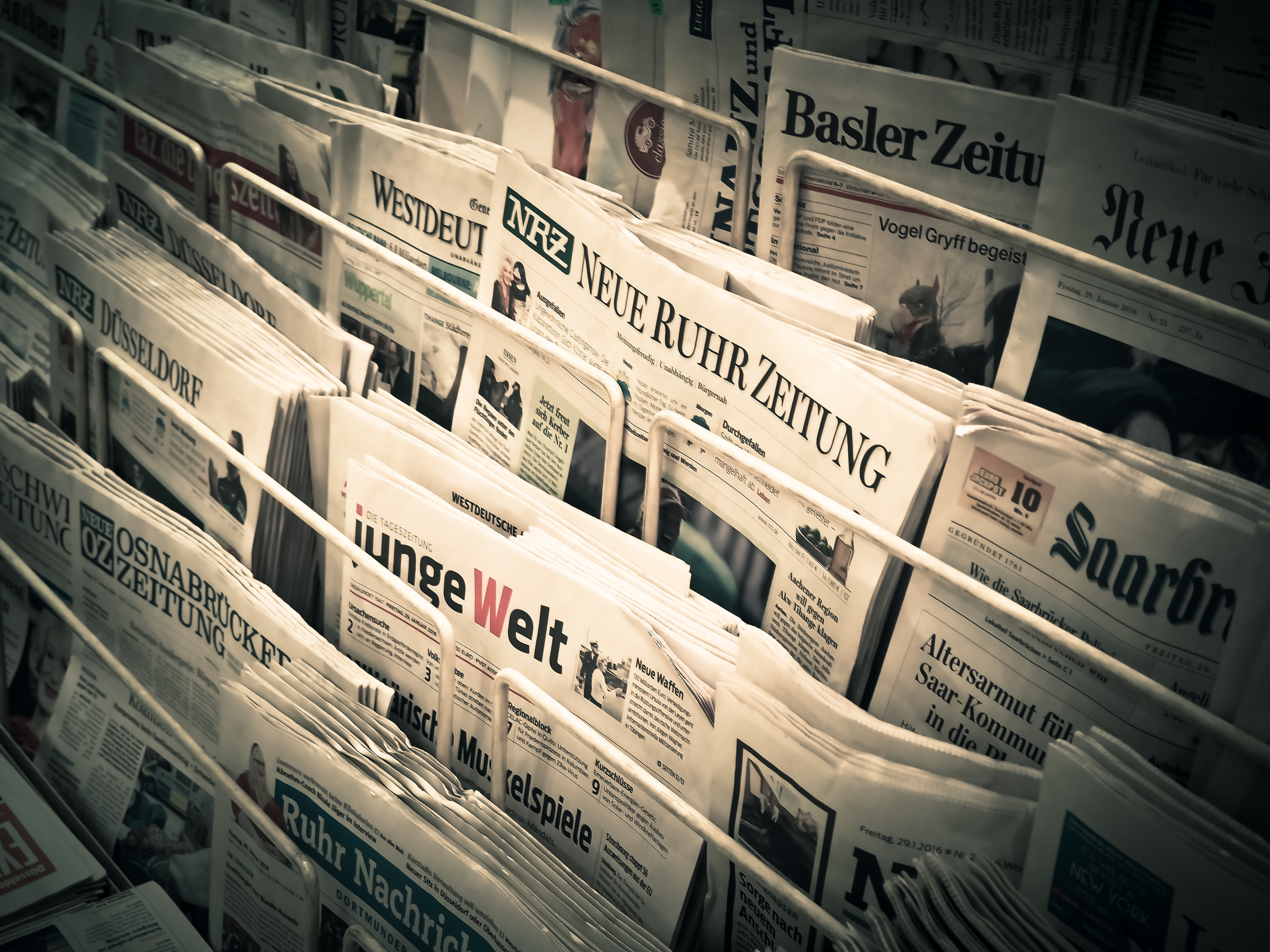Planogram management & compliance have been and will continue to be the biggest differentiator for CPG brands when it comes to driving sales in physical stores.
A thoughtfully crafted planogram provides retailers with various advantages, including enhanced shelf space planning, minimized out-of-stock, timely product restocking, streamlined communication among team members, and heightened consumer shopping experiences.
Ensuring that every retailer & store owner implements and follows the planogram guidelines set by CPG brands still remains a challenge that is largely unsolved or solved in a piecemeal fashion.
Being planogram compliant means getting the 4 Ps of the Retail Execution right: Products, Position, Placement, and Price, enabling manufacturers to attract more consumer attention to their brand, influence buying decisions, and maximize sales at the point of sale.
Before we jump into how poor planogram compliance software can impact store sales and how Image Recognition AI resolves this, let us look into what a planogram is and its role in Retail Execution.
What is Planogram Compliance in retail?
Planogram compliance is the meticulous adherence to a predetermined layout or schematic that a brand dictates to a retailer how their products should be arranged on the shelves.
For example, if you're an energy drink company, safeguarding your share of shelf and space is important. In terms of visibility, having your top-selling or key SKUs always stocked on the shelf at the right position can make or break your sales.
These mistakes might be accidental or due to negligence, but they can cause serious problems. Your drinks might not sell on time, hurting your profits. That's why it's super important to make sure your products are where they're supposed to be on the shelves.
Types of Planograms in the Retail Business
Planograms come in a variety of formats, each adapted to the individual demands and goals of retail organizations. Some leading types are:
- Block Product Placement: Products are grouped in blocks or clusters according to categories or brands, making navigating easier for customers.
- Horizontal Product Placement: Products are arranged horizontally across shelves to increase visibility and accessibility.
- Vertical Product Placement: Products are piled vertically, using space well and allowing for easy product differentiation.
- Product Placement according to Commercial Status: Products are positioned according to their commercial significance, with best-sellers and high-margin items prioritized.
- Product Placement Based on Margin: Products are ordered to promote profitability, with higher-margin items obtaining priority placement.
- Product Placement Based on Market Share: Products are positioned according to their market dominance, providing prominent visibility for top brands.
Importance of Planogram Compliance for Retail Stores
The advantages of planogram compliance extend far beyond mere shelf organization. Here are some key benefits:
Minimizing Stock Outages
Planogram compliance ensures timely replenishment and easy monitoring of any supply shortages. Retailers can better track inventory levels and meet customer demand using a uniform planogram. It reduces missed sales opportunities and improves overall sales effectiveness.
Moreover, automated AI-powered software enables the rapid detection of noncompliance, whether due to merchant error or rival involvement, via automated AI-powered software.
It allows for fast corrective action to be taken, ensuring that shelves are consistently stocked with your products, reducing stock outages, and maximizing sales opportunities.
Better Shelf Space Management
By strategically placing items based on popularity, you're not just organizing space but creating an efficient, revenue-boosting arrangement. This ensures efficient product management and boosts revenue potential, enhancing consumer satisfaction by mitigating poor space organization.
Failing to enforce planogram compliance risks inefficient space usage, potentially leading to missed sales opportunities. Additionally, planograms enable intelligent product positioning for cross-merchandising, guiding customers past complementary items and encouraging impulse purchases.
By mapping out strategic routes, you can effectively influence customer behavior, increasing sales and promoting upselling opportunities, such as pairing frequently purchased items like peanut butter and jelly.
Improving Visual Appeal
Strategically placing items based on customer selling potential and aesthetic appeal creates a more attractive shopping environment. This involves grouping similar items and placing complementary products together.
A well-executed planogram makes your store visually pleasing, enticing customers to explore further and purchase. Also, it fosters a sense of orderliness and professionalism, leaving a positive impression on shoppers.
With improved visual appeal, your store becomes more inviting, increasing foot traffic and boosting sales. Besides, planogram compliance helps highlight the uniqueness and quality of your products, enhancing their perceived value to customers.
Boosting Sales
By aligning store layouts with consumer expectations and behaviors, you develop a more attractive shopping experience, driving higher offtake and sales. Regularly analyzing past performances and adjusting planograms accordingly further enhances sales potential.
It provides significant insights into merchandise and display efficacy, allowing you to make intelligent decisions to increase in-store sales. Tracking product placement and consumer behavior over time helps identify high-converting shelves and displays, maximizing sales opportunities.
Planograms also highlight sales prospects that may have been overlooked, helping you strategically place products to optimize turnover and revenue. It is a powerful tool for increasing revenue and driving business growth.
Challenges in Achieving Planogram Compliance
Lack of Real Time Data
The unavailability of real-time data is one of the significant challenges in achieving planogram compliance in retail. It’s essential for promptly identifying and addressing compliance issues.
To create an impactful planogram, you need to clearly understand customer shopping preferences, market trends, brand performance, and more. Since a planogram generates reports based on the data fed into it, a lack of data can result in out-of-stock, ineffective shelf space planning, and decreased customer satisfaction.
Implementing technology solutions, such as image recognition systems, allows for continuous monitoring of shelves in real-time, enabling immediate corrective actions.
Lack of Communication
Communication between CPG brands and retailers can lead to a better understanding of planogram guidelines. Compliance may be compromised if there is a lack of clarity or updates regarding product placement expectations.
Miscommunication can result in misplaced products, incorrect arrangements, and failure to align with the brand's marketing strategies, ultimately affecting sales and brand visibility.
Establishing clear communication channels, utilizing centralized platforms, and regular updates on planogram guidelines help ensure that both parties are on the same page.
Lack of Awareness
When retail staff may need to fully understand the planogram guidelines, it can lead to errors in implementing product placements.
Unawareness of planogram compliance can impact the overall aesthetics of the store, create confusion for customers, and diminish the effectiveness of promotional displays.
Conducting regular training sessions for retail staff, providing clear visual guides, and using technology to simplify planogram adherence can enhance staff awareness and understanding.
Lack of Consistent Implementation Across Every Store
Achieving planogram consistency across all stores is crucial for its success. Despite the effort invested in designing a meticulous planogram, its effectiveness can only be maintained if there's consistency in its implementation across stores.
While large-scale retailer chains have dedicated merchandisers/supervisors to ensure proper implementation of planograms within their stores, smaller stores that belong to traditional trade can neglect planogram guidelines due to the complex environments and high footfall of shoppers day-in and day-out. Ensuring compliance at per-store level across every store is still a challenge for CPG manufacturers.
Implementing standardized planogram guidelines across all stores, leveraging technology for remote monitoring, and conducting regular audits help maintain consistency.
Achieving Planogram Compliance with Paralleldots
Utilizing advanced image recognition technology like ParallelDots' ShelfWatch can streamline the process of planogram compliance, enabling retailers to monitor and evaluate shelf arrangements with precision. Gone are the days when manual inspection proved to be an efficient method to ensure proper planogram implementation.
By leveraging Artificial Intelligence algorithms, Paralleldot uses AI-powered digitized store audits which simply involves capturing a few images of the shelf/store The platform analyzes shelf images in real time decodes every SKU belonging to every category of every brand along with detecting promotional displays and product pricing with more than 95% accuracy. The platform then provides valuable and actionable insights on on-shelf stock, product positioning, shelf space and more which helps sales and category teams identify areas for improvement and fix execution errors at per-store level.
From the sequence of products to point-of-sale materials, Paralleldots provides comprehensive insights into shelf arrangement KPIs, empowering retailers to enhance brand visibility and drive sales growth.
Why Use ShelfWatch?

- AI-powered store audits: Manual audits are slow, time consuming and prone to erors thus offering inaccurate data and limited coverage of stores. WIth ShelfWatch’s easy to use mobile app, your field force can simply capture and upload shelf images onto the AI-Cloud and derive key insights.
- Advanced Image Recognition: Get timely and most accurate execution insights and feedback on your store's compliance and retail execution performance, allowing you to make immediate changes for the best results.
- Real-time KPI Tracking: Stay on top of all important KPIs, such as On-Shelf Availability (OSA), Share of Shelf, Promotional display, pricing and more.
- Actionable Data: Use ShelfWatch AI, it enables you to turn insights into actions, allowing you to take instant actions that have direct impact in product visibility and sales.
- Seamless Integration: Easily integrate ShelfWatch with your existing ERP systems or Data Lake for a hassle-free experience.
- Trusted by industry leaders: Having implemented across 30+ countries worldwide, ShelfWatch today processes over 10M in-store images every month gathered from 1M outlets across both Modern and Traditional trade markets.
Final Thoughts
Planogram compliance is acknowledged as being essential to attaining store performance in today's cutthroat CPG environment. Through meticulous planning of product displays and optimal placement of shelves, businesses may create a captivating shopping atmosphere that delights patrons and boosts revenue.
Utilizing cutting-edge technologies like Image Recognition facilitates planogram compliance and increases accessibility and efficiency, paving the road for sustained business expansion and financial success.
Planogram compliance is a crucial element of effective retail execution strategy, enabling businesses to prosper in an increasingly competitive market as retailers adapt to shifting consumer preferences and market dynamics.
To see ShelfWatch AI in action, you can schedule a demo with us.
FAQs
1. How can CPGs leverage technology to improve planogram compliance?
A: CPG firms can leverage cutting-edge technologies to streamline planogram compliance, such as AI-powered image recognition systems. These tools offer thorough insights into shelf arrangement KPIs, ranging from product sequencing to point-of-sale materials, enabling CPGs to boost sales growth and improve brand awareness.
2. Why is Planogram a Must For FMCG Brands?
A: Planograms are essential for businesses that sell fast-moving consumer goods (FMCG) because they maximize sales and exposure by strategically placing products on shop shelves. Planograms ensure companies stand out and attract customers by carefully arranging items according to their tastes and actions.
3. What's the way retailers communicate planogram requirements to store staff?
A: Retailers typically communicate planogram requirements to store staff through clear instructions provided in written or visual formats. This may include detailed diagrams or images illustrating product placement, shelf arrangements, and additional display instructions. Additionally, retailers may conduct training sessions or meetings to ensure that store staff understand and implement planograms accurately to optimize the store layout and enhance customer experience.
4. What's the process for interpreting a store planogram?
A: Analyzing the layout diagram to determine the best locations for product displays on shelves or other retail equipment is the first step in interpreting a shop planogram. This includes pinpointing precise product positions, shelf assignments, and any further guidance given. The items are then arranged by shop employees according to these principles, making sure that the store layout complements the planogram to enhance visibility and sales efficiency.
5. What types of planograms are used in retail?
A: There are mainly 6 types of Planograms that are used in retail:
- Straight
- Angular
- Geometric
- Free Flow
- Grid,
- Power Aisle.


